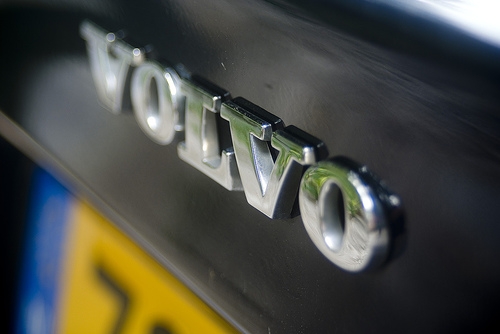
Since Volvos first came on the scene in 1927, they have been known as a safe and reliable car, fun to drive, with good performance and handling. According to the Volvo High Mileage Club, one 1966 Volvo from New York City recently celebrated its 2.6 million mile mark. Despite longevity and a five-star safety rating by Consumer Reports, Volvos are not without their quirks.
Various air conditioning problems plague many Volvo models. In addition to non-functioning issues, there have been numerous complaints of malfunctioning cabin temperature sensors, where the air conditioner kicks on in cold weather. Owners have also had issues with the air conditioner kicking on after the vehicle is off and at rest, draining the battery. Design flaws and assembly, electrical draw and pressurization have all been named as culprits of these problems.
Anyone who has ever owned a Volvo knows that headlight and brake light bulbs burn out frequently. Sometimes a tap on the lens will get them going again, but usually it's a trip to the auto parts shop for new bulbs. You can sometimes alleviate connection issues by applying petroleum jelly to the end of the bulb.

There have been many consumer complaints regarding malfunctioning indicator lights. Most Volvos have a full dash of bells and whistles warning owners of everything from a door ajar to a dead light bulb, to low coolant or malfunctioning brakes. The "check engine" and "service" lights have a tendency to engage without an actual problem with the system. Since there is no way of knowing if the indicator lights are working properly or not, this often leads to a needless trip to the dealership.

Older model Volvos, especially the 700 and 900 series, have a problem with the radio antenna becoming stuck in the up position. When the radio is turned off, the antenna is supposed to go down. Often, however, the motor will run continuously, burning itself out. When this occurs, the owner will need to remember to manually lower the antenna when running the vehicle through a car wash.
Volvos use an adhesive that often has a short lifespan, resulting in sagging roof linings. Models manufactured before 2000 are especially susceptible, but even owners of newer models may notice that the lining between the windshield and door jamb becomes unglued easily. While repairs for a complete roof lining can run between $400 to $600, you can fix small areas with inexpensive super glue.
Volvo wagons also have an adhesive issue with the large molded plastic section attached to the interior tailgate. With age and the normal opening and closing of the tailgate, the piece eventually falls off.
